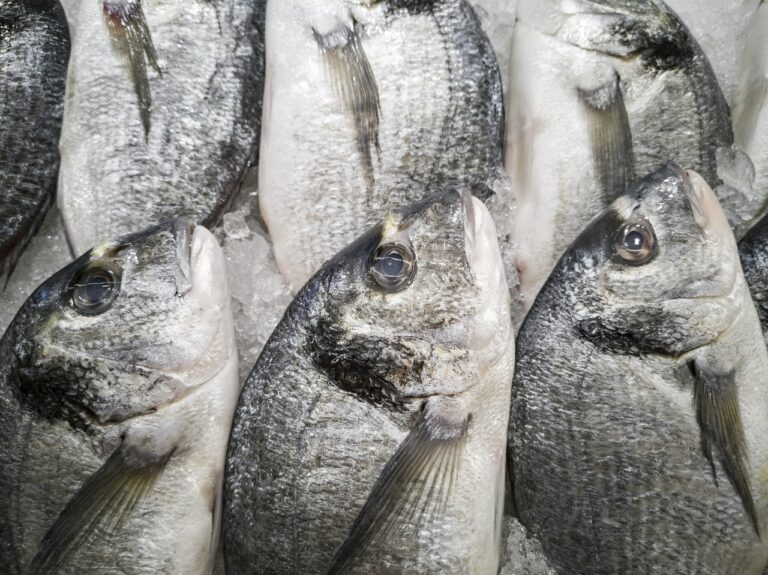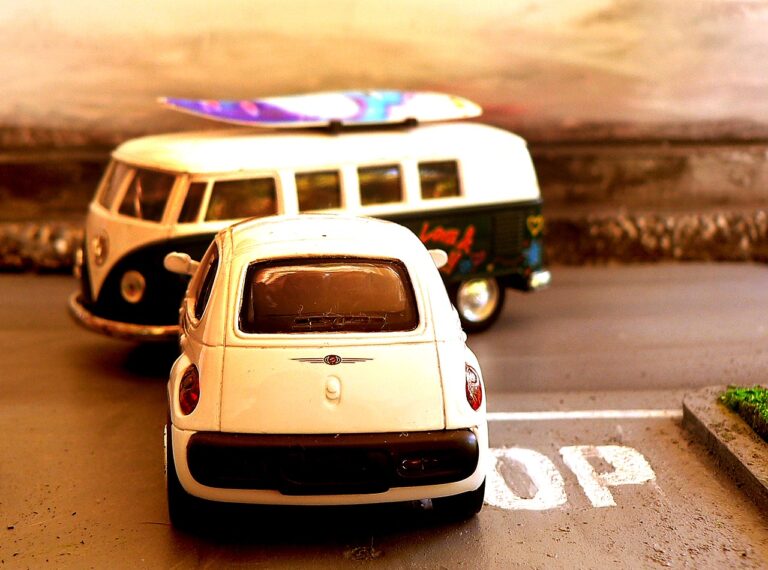The Impact of Microplastics on Shopping Choices
Microplastics, which are small plastic particles less than 5 millimeters in size, pose a significant threat to the environment due to their persistence and widespread distribution. These tiny plastic fragments are present in various forms, including microbeads in personal care products, microfibers from clothing, and fragments from larger plastic debris that have broken down over time.
Once released into the environment, microplastics can accumulate in water bodies, soil, and even the air, leading to detrimental effects on wildlife and ecosystems. Marine animals can mistake microplastics for food, causing physical harm and potential blockages in their digestive systems. Additionally, the chemicals absorbed by microplastics can transfer to organisms that ingest them, leading to bioaccumulation and potential health risks up the food chain.
The Presence of Microplastics in Everyday Products
Microplastics have infiltrated numerous everyday products, often unbeknownst to consumers. From personal care items like toothpaste and exfoliating scrubs to clothing and household products, these tiny plastic particles are omnipresent. The prevalence of microplastics in such products stems from their use as additives or as a byproduct of manufacturing processes, raising concerns about their environmental impact.
In the realm of cosmetics, microplastics are commonly found in products marketed for their exfoliating properties. Facial scrubs, body washes, and even makeup can contain these minuscule plastic fragments, which can easily enter water systems when washed down the drain. Additionally, synthetic fibers used in clothing shed microplastics during laundering, further contributing to the dispersion of these harmful particles into the environment.
What are microplastics?
Microplastics are tiny particles of plastic that are less than 5mm in size.
How do microplastics end up in the environment?
Microplastics can come from a variety of sources, including the breakdown of larger plastic items, microbeads in personal care products, and synthetic fibers from clothing.
Why are microplastics harmful to the environment?
Microplastics can be ingested by marine life, leading to health issues and potentially entering the food chain. They can also accumulate toxins and pollutants, further impacting ecosystems.
How can consumers reduce their use of products containing microplastics?
Consumers can choose products that are microplastic-free, such as using natural exfoliants instead of products containing microbeads, and opting for clothing made from natural fibers.
What is being done to address the issue of microplastics?
Efforts are being made to ban the use of microbeads in personal care products, improve waste management and recycling systems, and raise awareness about the impact of microplastics on the environment.





